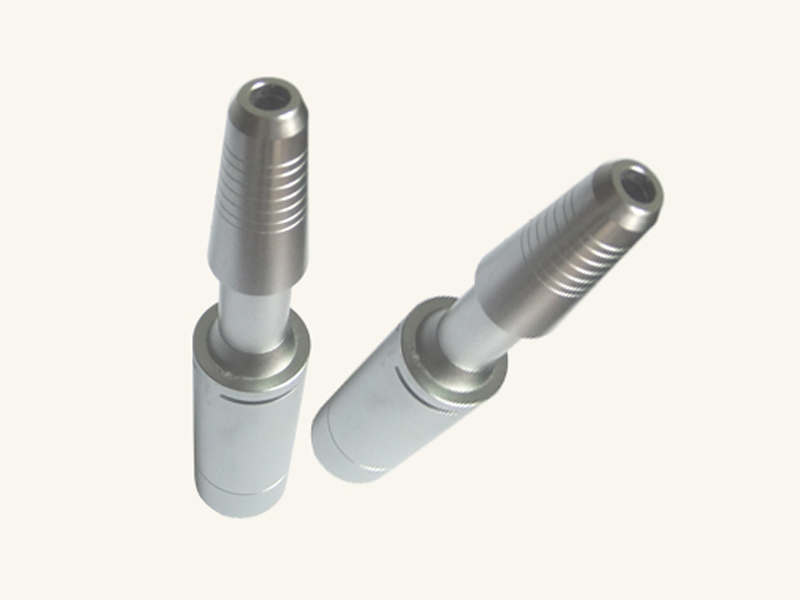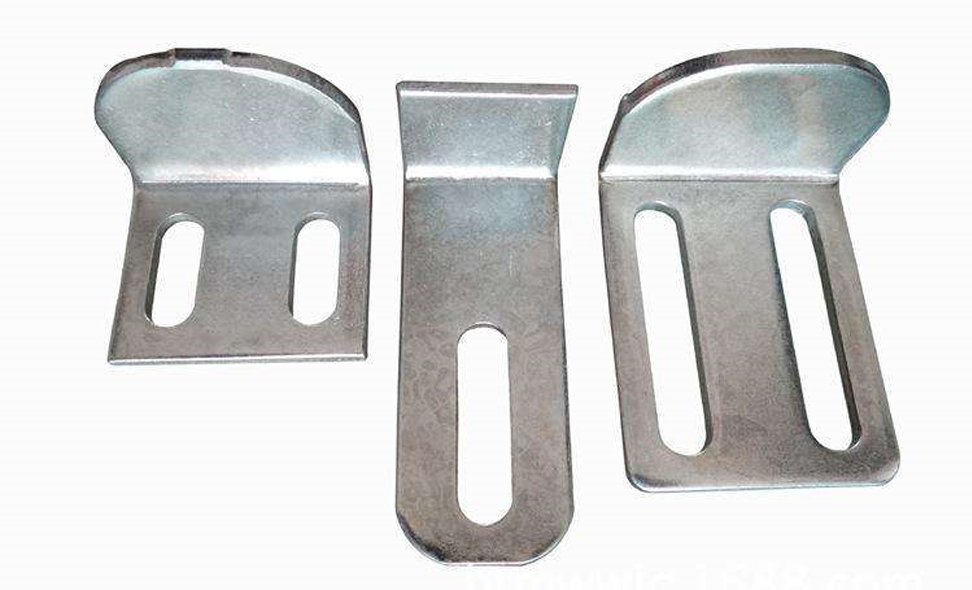CNC Machining ">CNC Machining Summary
1. When starting up, perform three-axis origin reset and check if the machine‘s guide rail oil, spindle hydraulic oil, etc. are sufficient. If there is not enough, refueling should be done in a timely manner.
2. The size of the processed workpiece should correspond well with the drawing, even if there is only a small difference, it is necessary to consult the management or programming above.
3. If the program breaks during the processing, it is also easy to make errors when changing the program, and it must be checked in a timely manner.
4. When changing the tool during processing, it is necessary to make a single section while resetting the XYZ axes to zero. If the depth of machining is not affected after changing the tool, simply shake the tool to the XYZ axis with the handwheel for machining. If changing the tool may affect the depth of machining, it is necessary to readjust the tool and shake the three-axis to zero for machining. This step is quite complex for beginners, but it is a skill that must be mastered in processing. We must be precise in running each program. Forgetting to confront a knife is a dangerous operation, which can cause disability in mild cases, loss of life in severe cases, and damage to both the machine and the person. Therefore, we need to remember the step of aligning the knife.
Many times, we have scrapped workpieces due to the fact that the G60 has not been reset to zero. When using G60 in processing, we need to promptly change it after use. If the subsequent operations are not seen in time, then the workpieces made later will be defective.
7. Method of tool alignment: Usually, we choose to use a ten millimeter pin as our tool for tool alignment. Another way is to do things with little precision. For convenience, we will adopt the method of directly cutting the surface of the workpiece with a knife. The operation method of the former is to use the handwheel to shake the tool to a certain distance from the surface of the workpiece and below the distance of the ten millimeter pin, while placing the pin on the surface of the workpiece. Then, slowly shake the handwheel upwards until the ten millimeter pin can pass through the bottom of the tool, which is considered successful tool alignment. Note: Although this tool is the most accurate, it is still ten millimeters away from the workpiece by the distance of the pin. Therefore, the Z-axis in the G60 unidirectional offset will be used for subsequent processing. Enter -10 in the G60 Z-axis, and the working zero position will be exactly on the surface of the workpiece. If these two methods are not careful when mixing tools, it is most likely to cause collision accidents. Because the zero position of the tool is different, when there is -10 in G60, using the method of directly facing the surface of the workpiece will cause collision. Therefore, when selecting the method of tool alignment, one should be cautious about the values of the Z-axis in G60.
8. The templates for general processing mainly include precision such as pin holes, guide column holes, insert slots, keyways, etc The processing method for making pin holes is as follows: for example, using a 10mm pin hole, we will first use a 9.0 drill bit to drill the bottom hole, then use a 9.8 drill bit to enlarge the hole, and finally use a 10mm reamer to twist the hole. But what we need to pay attention to here is that when we drill a 9.8 drill bit, we should try using a ten millimeter pin on the pin hole. We cannot be sure that the hole drilled by the 9.8 drill bit will definitely be 9.8, there will be some error. If we try and find that the ten millimeter pin cannot be inserted, we will continue with the drilling program later. After drilling, we also need to pay attention when using a reamer. When the reamer twists the first hole, we also need to use a ten millimeter pin for hole testing,


 Spanish
Spanish Arabic
Arabic Spanish Basque
Spanish Basque Portuguese
Portuguese Belarusian
Belarusian Japanese
Japanese Russian
Russian Icelandic
Icelandic Bulgarian
Bulgarian Azerbaijani
Azerbaijani Estonian
Estonian Irish
Irish Polish
Polish Persian
Persian Boolean
Boolean Danish
Danish German
German French
French Filipino
Filipino Finnish
Finnish Korean
Korean Dutch
Dutch Galician
Galician Catalan
Catalan Czech
Czech Croatian
Croatian Latin
Latin Latvian
Latvian Romanian
Romanian Maltese
Maltese Malay
Malay Macedonian
Macedonian Norwegian
Norwegian Swedish
Swedish Serbian
Serbian Slovak
Slovak Slovenian
Slovenian Swahili
Swahili Thai
Thai Turkish
Turkish Welsh
Welsh Urdu
Urdu Ukrainian
Ukrainian Greek
Greek Hungarian
Hungarian Italian
Italian Yiddish
Yiddish Indonesian
Indonesian Vietnamese
Vietnamese 简体中文
简体中文 Haitian Creole
Haitian Creole








